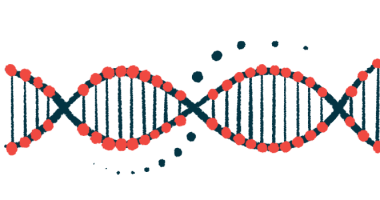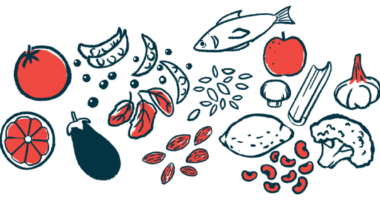11 fast facts about spinal muscular atrophy
Spinal muscular atrophy (SMA) is a genetic disease that progressively weakens the muscles and can lead to problems with walking, swallowing, and breathing.
Babies with the disease are often born healthy, with no visible signs or symptoms. It is usually when they fail to meet developmental milestones — such as supporting their head, rolling, and crawling — that parents and doctors realize something is wrong.
To raise awareness of the disease, here are some fast facts to help you better understand SMA.
The genetics of SMA
- The faulty gene responsible for most SMA cases is the SMN1 gene, which provides instructions for the production of a protein called survival motor neuron, or SMN.
- In SMA, the lack of SMN protein — due to mutations in the SMN1 gene — causes the degeneration of motor neurons, which are specialized nerve cells that control movement.
Who is affected by SMA?
- In the U.S., SMA is estimated to affect roughly 10,000 children and adults. About 1 in 50 Americans is a genetic carrier for the disease.
- SMA is thought to affect men and women equally, and seems to have no ethnic bias.
The different types of SMA
- There are five types of SMA — 0, 1, 2, 3, and 4 — with types 0 and 1 being the most severe and type 4 the mildest. Type 0 is rare, and its symptoms typically manifest before birth. Types 1 to 3 develop in childhood, and type 4 SMA develops in adulthood.
- In addition to the five main types of SMA, there are also other rarer disease forms caused by different underlying genetic mutations. These include X-linked infantile SMA; SMA with respiratory distress type 1 (SMARD1); SMA with lower extremity predominance (SMA-LED); SMA with progressive myoclonic epilepsy; Finkel type SMA (SMAFK); spinal and bulbar muscular atrophy (SBMA), also called Kennedy’s disease; and distal spinal muscular atrophy (DSMA).
Life expectancy of SMA
- SMA is the leading genetic disease responsible for most infant deaths. Without treatment, those with type 0 SMA typically do not live past 6 months of age, and those with type 1 do not usually live beyond their second birthday.
Children with type 2 have good survival rates, but without treatment their life expectancy is reduced and they may never walk.
Life expectancy is usually unaffected in the milder SMA types 3 and 4.
Living with SMA
- Currently, treatment for SMA includes three disease-modifying therapies: Evrysdi, Spinraza, and Zolgensma.
Supportive therapies include physiotherapy, occupational therapy, respiratory support, treatment for bone health and scoliosis, nutrition, speech therapy, whole body vibration, and mental health support.
Medications and support services and therapy, along with specialized equipment, can help with the daily challenges of living with SMA.
- Children with SMA are prone to respiratory infections, so good hygiene practices are needed by family, friends, and caregivers.
- SMA does not affect intelligence or a person’s cognitive performance.
Is there a cure for SMA?
- While there is currently no cure for SMA, several approved therapies are available that can slow disease progression, and, together with other therapeutic strategies, can offer a better quality of life for people with the disease.
SMA News Today is strictly a news and information website about the disease. It does not provide medical advice, diagnosis, or treatment. This content is not intended to be a substitute for professional medical advice, diagnosis, or treatment. Always seek the advice of your physician or other qualified health provider with any questions you may have regarding a medical condition. Never disregard professional medical advice or delay in seeking it because of something you have read on this website.
Recent Posts
- Digital PCR for SMA diagnosis faster, less costly than set methods
- SMA Europe’s inaugural gathering to discuss medical emergencies
- Learning how to ask strangers for help benefits everyone
- High-carbohydrate diet may help normalize SMA metabolism
- Advances in SMA treatment are like something out of science fiction
Related articles

 Fact-checked by
Fact-checked by 





